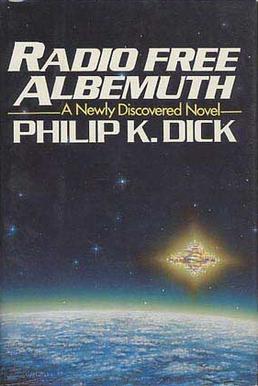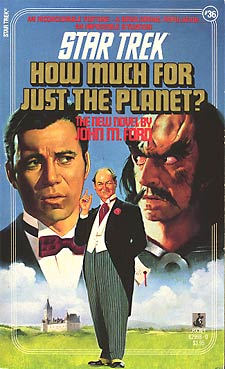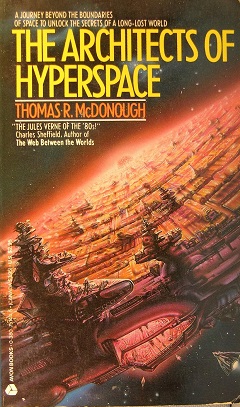
Kevin Wayne Jeter is an American science fiction and horror author known for his literary writing style, dark themes, and paranoid, unsympathetic characters. He has written novels set in the Star Trek and Star Wars universes, and has written three sequels to Blade Runner. Jeter coined the term "steampunks".

Radio Free Albemuth is a dystopian novel by Philip K. Dick, written in 1976 and published posthumously in 1985. Originally titled VALISystem A, it was his first attempt to deal in fiction with his experiences of early 1974. When his publishers at Bantam requested extensive rewrites he canned the project and reworked it into the VALIS trilogy. Arbor House acquired the rights to Radio Free Albemuth in 1985. They then published an edition under the current title, prepared from the corrected typescript given by Dick to his friend Tim Powers.

Steampunk is a subgenre of science fiction that incorporates retrofuturistic technology and aesthetics inspired by, but not limited to, 19th-century industrial steam-powered machinery. Steampunk works are often set in an alternative history of the Victorian era or the American "Wild West", where steam power remains in mainstream use, or in a fantasy world that similarly employs steam power.

Equal Rites is a comic fantasy novel by Terry Pratchett. Published in 1987, it is the third novel in the Discworld series and the first in which the main character is not Rincewind. The title is wordplay on the phrase "Equal Rights".

Burning Chrome (1986) is a collection of short stories written by William Gibson. Most of the stories take place in Gibson's Sprawl, a shared setting for most of his early cyberpunk work. Many of the ideas and themes explored in the short stories were later revisited in Gibson's popular Sprawl trilogy.

The Smoke Ring is a 1987 science fiction novel by Larry Niven. Like much of Niven's work, the story is heavily influenced by the setting: a gas torus, a ring of air around a neutron star. It is a sequel to The Integral Trees.
Michael Joseph Kurland is an American author, best known for his works of science fiction and detective fiction. Kurland lives in San Luis Obispo, California.

Bones of the Moon is a novel by American writer Jonathan Carroll, depicting the real and dream life of a young woman. Like many of Carroll's works, it straddles the horror and fantasy genres.

How Much for Just the Planet? is a 1987 science fiction novel by American writer John M. Ford, part of the Star Trek franchise.
The Trigon Disunity is a series of three books written by science fiction author Michael P. Kube-McDowell. Emprise was a Philip K. Dick Award nominee, and placed second in the annual Locus Poll for best first novel. The first edition covers were by Ron Miller.

Mindplayers is a 1987 first novel by science fiction author Pat Cadigan.
After the Zap is a novel by Michael Armstrong published by Popular Library in 1987.

Mathenauts: Tales of Mathematical Wonder is a 1987 anthology edited by Rudy Rucker and published by Arbor House.
Only Apparently Real: The World of Philip K. Dick is a biography by Paul Williams published by Arbor House in 1986.

The Island Worlds is a novel by Eric Kotani and John Maddox Roberts published by Baen Books in 1987.
Under the Wheel is a novel anthology compiled by Elizabeth Mitchell and published by Baen Books in 1987.

The Architects of Hyperspace is a novel by Thomas R. McDonough published by Avon Books in 1987.
The Rapture Effect is a novel by Jeffrey A. Carver published by Tor Books in 1987.
Druid's Blood is a novel by Esther M. Friesner published by Signet Books in 1988.
The Black Tower is a novel by Richard A. Lupoff published by Bantam Books in 1988.












